All the structures on your property would be at risk if a fire broke out in your home. To fully protect yourself, you’d need to include other structures insurance coverage in your homeowners’ policy. This way, the coverage would help repair or replace damaged physical properties besides your dwelling. What are these other structures on your property that your homeowners’ policy would typically cover?
Here are some examples of other structures coverage included in your homeowners insurance:
- Fences
- Storage sheds
- Gazebos
- Barns
- Driveways
- Pools
- Detached garages
- Detached patios
- Mailboxes
- Sidewalks
If you had a garage or deck connected to your house, you’d typically have it covered as a component of your dwelling. Anything not physically connected to your dwelling falls under other structures’ coverage.
This part of the policy provides the same insurance protection as your main house. For example, it would help repair or replace your fence if it is damaged by a fallen tree.
However, your homeowners policy doesn’t cover detached properties used for business purposes. For instance, you’d need separate commercial insurance to cover lawnmowers for your landscaping company if you store them in your garage.
Homeowners insurance and other structures coverage
Here are types of coverages that a homeowners insurance policy would typically include:
- Your main dwelling (house)
- Other structures in your home compound
- Personal belongings
- Loss of use
- Personal liability protection
- Medical bills
Limits usually vary from policy to policy, but the coverage amount for other structures is usually 10% of the primary dwelling’s coverage amount. Keep in mind that the coverage for any other structure, such as your detached garage, doesn’t protect the items or belongings you keep in it. Instead, the personal property component of the policy, which may have a different coverage amount, typically covers the contents.
With most standard homeowners policies, the personal property limit is higher, usually 50% or more of the primary dwelling’s coverage amount
How much other structures insurance coverage do you need?
While you can purchase your homeowners’ insurance for its actual cash value or replacement cost, the latter is usually recommended. When it comes to detached structures—their actual cash value is usually far less than the cost incurred to buy or put up a new one.
For example, if you insured a shed for its actual cash value, your policy wouldn’t provide sufficient funds to purchase and transport a new one to your home, say ten years down the line. However, replacement cost, which isn’t necessarily expensive, would pay to replace your damaged structure.
The same logic applies when you’re insuring the contents of a detached structure. However, insurance costs for such belongings vary depending on their value. You may need extra coverage to wholly replace any lost or damaged expensive or pricey items.
These are some of the other structures insurance coverage considerations for maximizing your home’s protection against covered hazards. For assistance with all your coverage needs, contact an insurance professional at Westwood Insurance Agency today.





